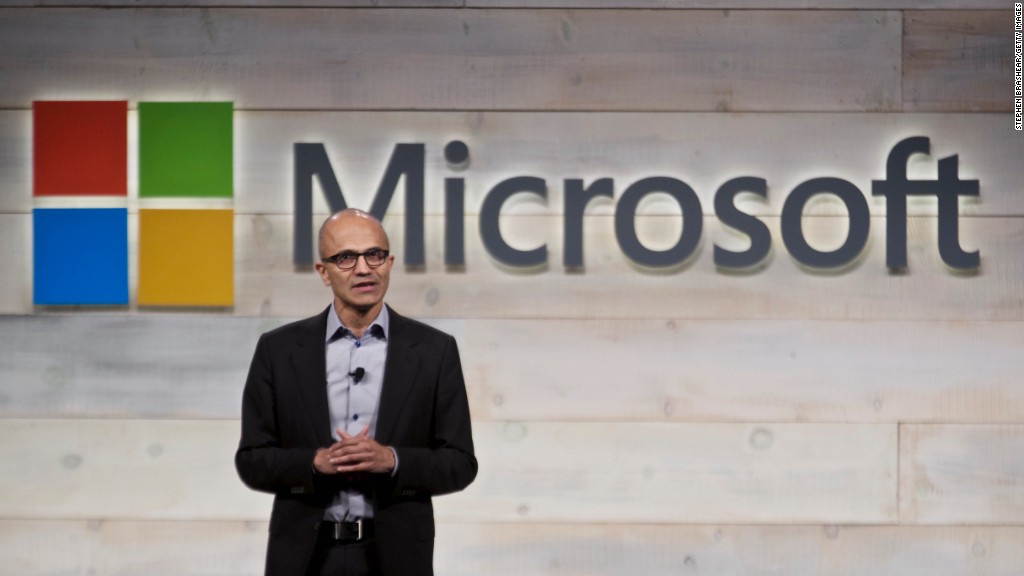
India's breakneck growth rate has slowed, but not enough to cost it the title of world's fastest growing big economy.
Gross domestic product growth dipped to 7.1% in the quarter ended June, a disappointing performance but one that still trumps the 6.7% posted by China in its most recent quarter.
The slowdown comes as unease mounts over the pace of economic reforms, leadership at the central bank, and intractable problems that politicians seem unable to tame: corruption, bureaucracy and onerous regulation.
Economists have even called into question the validity of the country's GDP statistics, which have diverged from other indicators after government officials changed how the number is calculated.
Shilan Shah, an economist at Capital Economics, estimated that growth was "almost certainly weaker" than official statistics indicate, and perhaps as slow as 5.5% or 6% in the quarter.
Related: India's crazy tax system just got much simpler

There are also concerns that Prime Minister Narendra Modi's reform drive has ground to a halt.
Modi spent huge amounts of political capital getting his signature Goods and Services Tax approved by legislators in August. When implemented, it could boost the economy by simplifying the country's byzantine tax system.
But with state elections looming in 2017, analysts are worried that other vital plans will be shelved. Proposals to liberalize labor markets and reform India's antiquated land ownership laws, for example, now stand little chance.
Another of Modi's priorities -- reducing red tape for small businesses -- has scarcely progressed. India ranks 130th in a World Bank index measuring the regulatory burden on small firms, an improvement of just four spots from 2015. The country's infrastructure is inadequate, and will take decades to upgrade.
The departure of Reserve Bank of India chief Raghuram Rajan has also raised questions: Was the rock star central banker too outspoken for New Delhi's taste?
Related: Nike puts spotlight on India's badass female athletes
Modi defends the progress made under his watch, arguing that investment numbers are up and reforms to bankruptcy laws will make it much easier for troubled companies to be wound down.
The government is particularly proud of its efforts to increase foreign investment. And indeed, its campaign has paid dividends, with investment from the U.S. increasing by 500% over the past two years to $4.2 billion.
Related: A third of India's ATMs are broken
Despite the doubts, India remains an attractive bet for multinationals. The country's growing middle class has money to spend, and its youthful population offers huge potential.
The prospect of turning that potential into profits has lured a parade of foreign executives to India: the CEOs of Microsoft (MSFT), Google (GOOGL) and Apple (AAPL) have all visited the country in the past year.


